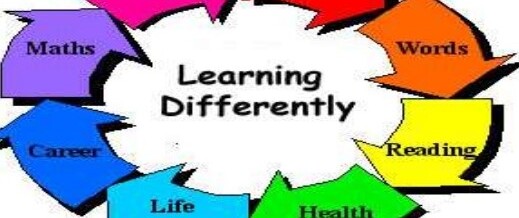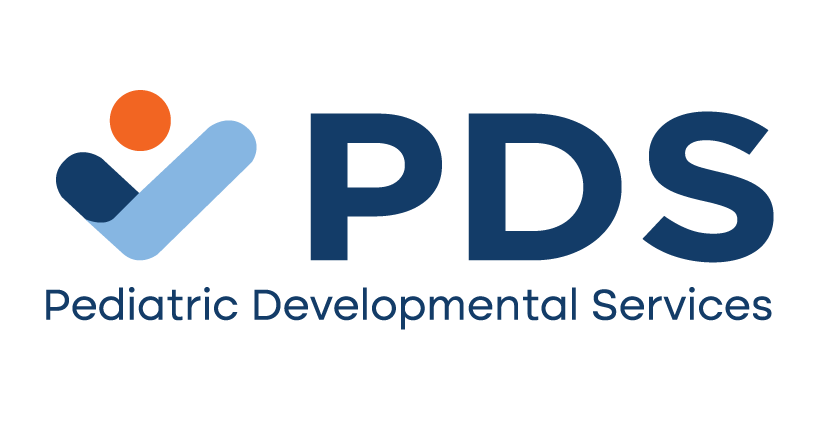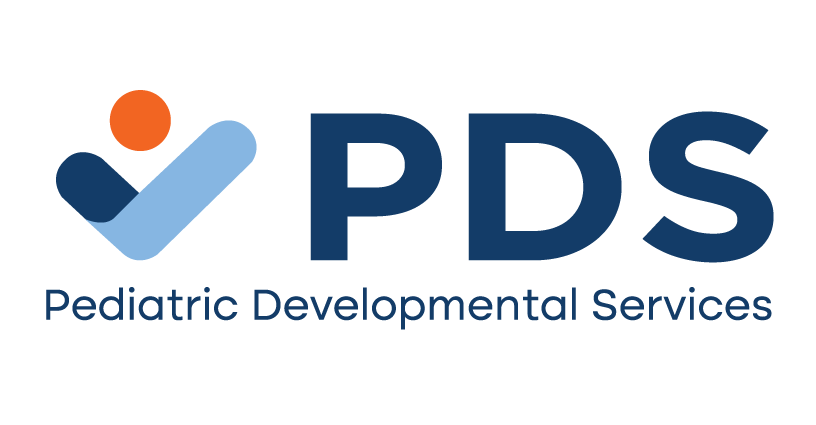
Up to 10 percent of the United States population is affected by specific learning disabilities, such as dyslexia, dyscalculia and autism, translating to 2 or 3 pupils in every classroom, according to a new review. A learning disability can be described as a gap between the level of achievement that is expected and what is actually achieved. Contrary to popular belief, learning disabilities can affect people with average or above-average intelligence. A child may have a learning disability for a variety of reasons and this can affect their ability to listen, speak, read, write or complete mathematic problems. This can present significant difficulties in the classroom where children are expected to demonstrate their learning through many different skills.
An occupational therapist can be a valuable support to a child who has been diagnosed with a learning disability and/or is experiencing challenges with their academics. When a child has been diagnosed with a learning disability, the therapist will work closely with them to optimize their engagement at school and in their home environment. Occupational therapists usually work on the underlying motor problems, attentional challenges or visual perceptual deficits that may be contributing to or causing academic difficulties for the child. Children with learning disabilities may also find it difficult to organize themselves or sequence the actions that are needed to complete their daily activities. An occupational therapist can help to establish effective routines and break down information into steps that the child will be able to follow. A psychological assessment can provide specific information about the child’s strengths and weaknesses that can then be used to support treatment and recommendations from the occupational therapist.
Here are a few programs that occupational therapists use to address learning difficulties:
Printing – Difficulties with printing are very common. Evidence based printing programs that promote the use of developmentally appropriate material, and multisensory tools, often help children learn more effectively. This encourages children to actively participate with materials that address all styles of learning. Handwriting Without Tears is an excellent, child-centered program that uses these strategies.
Self-Regulation and Attention– Difficulties in this area may be addressed through programs that use a cognitive behavioral approach to teach self-regulation and categorize the child’s level of alertness. Children learn ways to calm their body when they are in a high arousal state or excite their body when they are in a low arousal state. Goals often include how to keep their body feeling “just right” so that they are able to attend and focus during learning tasks. Programs such as The Zones of Regulation and The Incredible 5-Point Scale are found to be very successful in addressing these areas.
Child-Centered Collaboration – We, as Occupational therapists, should encourage collaboration with teachers and parents to support each individual child. This helps to provide any necessary accommodations and develop effective strategies to improve the child’s engagement in the classroom environment. For example, an OT may recommend movement breaks be implemented throughout the child’s day to allow the child to better focus and attend to challenging lessons. They may also recommend that a schedule be used to allow the child to anticipate what may happen next in the class to support positive transitions between activities.
JUL
2018


About the Author: